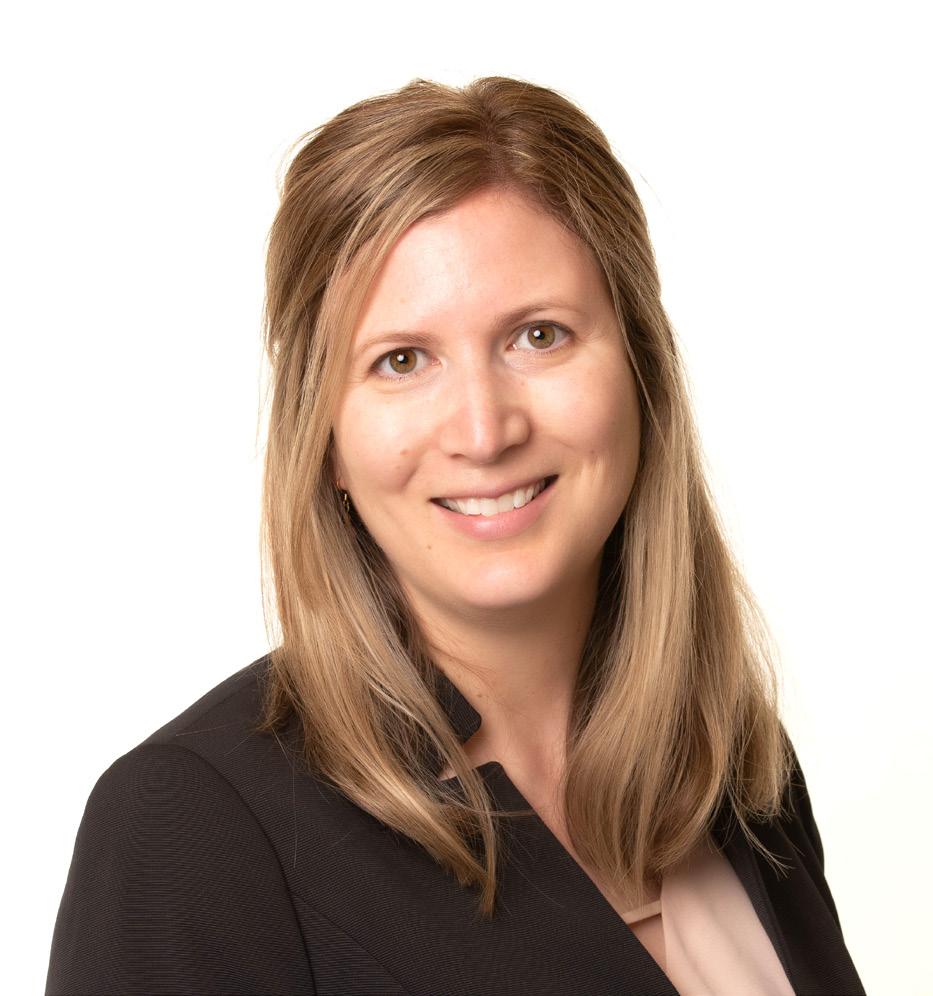
6 minute read
Major Programs of Research
In 2017, MIRA and the LCMA launched a process to support interdisciplinary teams working towards understanding, developing, and evaluating critical issues in aging and mobility. Through an iterative design-thinking process, facilitated by MIRA, several programs of research were developed. Proposals were submitted for review by MIRA’s International Scientific Advisory Committee (ISAC) and to external reviewers with relevant expertise. Three major projects of research were funded in mid-2019.
The EMBOLDEN trial: Enhancing physical and community MoBility in OLDEr adults with health inequities using commuNity co-design *
Advertisement

Rebecca Ganann
In several Hamilton neighbourhoods, there are striking connections between the health inequities of residents (or differences in health status or access to health resources) and social factors (e.g., income, education). The goal of the EMBOLDEN trial is to promote increased physical and community mobility among people 55 years of age and older living in neighbourhoods with lower than average income and barriers to full participation in social programs in Hamilton. This program aims to embolden participants to foster positive changes in physical mobility, social participation, health, and quality of life and to increase their awareness and use of health and social services through a collaborative approach to co-design of the intervention, testing the program, sharing the results, and spreading the program to other communities. The program is being developed such that it can later be implemented throughout Hamilton and adapted to other Canadian communities.
RESEARCH IMPACT
This research has resulted in one publication, five conference presentations, 28 new collaborators, the support of 14 trainees/research personnel, and has leveraged an additional $100,000 in funding (CIHR SPOR Catalyst Grant).
INVESTIGATORS
Rebecca Ganann, Stuart Phillips, Courtney Kennedy, Bruce Newbold, Elizabeth Alvarez, Sarah Neil-Sztramko, Ruta Valaitis, Ayse Kuspinar, Diana Sherifali, James Gillett, Marla Beauchamp, Julia Abelson, Parminder Raina, Lehana Thabane, Terry Flynn, Gina Agarwal, Maureen Markle-Reid, Meridith Griffin, George Ioannidis, Pasqualina Santaguida, Chris Verschoor, Gillian Mulvale, Carol Bassim
-- Rebecca Ganann
* Progress on this research has been significantly affected by the COVID-19 research restrictions imposed in March of 2020.
Monitoring My Mobility (MacM3): technological approaches for advancing the assessment of early mobility limitation in older Canadians *

Marla Beauchamp
Problems with everyday mobility, such as walking or driving, are common in older adulthood and can negatively impact health and social functioning. To address issues specific to early mobility limitation in older community-dwelling Canadians, this research program will:
- Assess the impact of changes in mobility on an older persons’ level of functioning, including consensus on how to best define and measure early mobility problems;
- Apply machine learning to data from the Canadian Longitudinal Study on Aging (CLSA) to find the most relevant predictors of early mobility problems;
- Identify people with differing levels of mobility problems through use of a wearable sensor to monitor everyday mobility in the home and community;
- Using data from the previous three steps, develop a prototype for a tool that will help older adults and their caregivers self-monitor their mobility (the Monitoring My Mobility – M3 tool). This tool will be used to assess and depict an individual’s trajectory and risk for mobility decline based on key indicators and, ultimately, help older people, their families, health-care professionals, and policymakers to prevent or delay late-life mobility problems through early detection.
RESEARCH IMPACT
This research has garnered one media item, one publication, two conference presentations and 26 new collaborators. It has supported 11 students and has leveraged an additional $500,000 in internal funding and $630,000 in external funding. Principle investigator Marla Beauchamp has received a successful notice of decision and will now hold a Tier 2 Canada Research Chair in Mobility, Aging and Chronic Disease for the next five years, enabling her to focus 75 per cent of her time on research activities, and ensure the MacM3 program of research is successful. This work has attracted additional funds to further mobility research as well as to fund a mobility lab within MIRA’s office space.
INVESTIGATORS
Marla Beauchamp, Qiyin Fang, Paula Gardner, Ayse Kuspinar, Paul McNicholas, Bruce Newbold, Julie Richardson, Darren Scott, Brenda Vrkljan, Manaf Zargoush, Fei Chiang, Jamal Deen, Rebecca Ganann, Saiedeh Razavi, Ann Fudge Schormans, Ravi Selvaganapathy, Jinhui Ma, Pasqualina Santaguida, Norm Archer, Vanina Dal Bello-Haas, Meridith Griffin, Lori Letts, Julia Abelson, Nigar Sekercioglu, Rong Zheng, Reza Samavi, Stuart Phillips, Evelyne Durocher, Thomas Doyle, Sarrah Lal
-- Marla Beauchamp
* Progress on this research has been significantly affected by the COVID-19 research restrictions imposed in March of 2020.
A real-time mobility monitoring and assessment tool for preventing decline in older hospitalized medical patients *

MyLinh Duong
Older adults hospitalized for acute medical problems are at risk of significant functional and mobility decline during hospitalization, which can lead to an increase in hospital stays, readmission rates and post-discharge institutionalized care. Early Mobility Programs, which encourage early mobilization and scheduled physical activity while in hospital, are showing some benefits with shorter length of hospital stays and better functional outcomes. However, these findings are not consistent across studies, suggesting that a more tailored approach is needed. This program of research will implement wearable sensing technologies to collect continuous mobility data in older hospitalized patients. The data will help characterize the relationship between mobility, functional and health outcomes in the hospital setting. These findings will set the stage for the development of a customized wearable device, which will integrate mobility sensing technology with onboard machine learning algorithms to provide a point-of-care assessment tool for mobility limitation and management.
RESEARCH IMPACT
This research supports two students and has engaged 50 end-users, including six who are consultants on the project, yielded seven new collaborators and leveraged an additional $450,000 of internal in-kind funds.
INVESTIGATORS
MyLinh Duong, Lauren Griffith, Rong Zheng, Nick Miller, Manaf Zargoush, Marla Beauchamp, Paul McNicholas, Jennifer Kodis, Samir Raza, Ameen Patel, Jinhui Ma, Kathryn Fisher, Parminder Raina
-- MyLinh Duong
* Progress on this research has been significantly affected by the COVID-19 research restrictions imposed in March of 2020.










